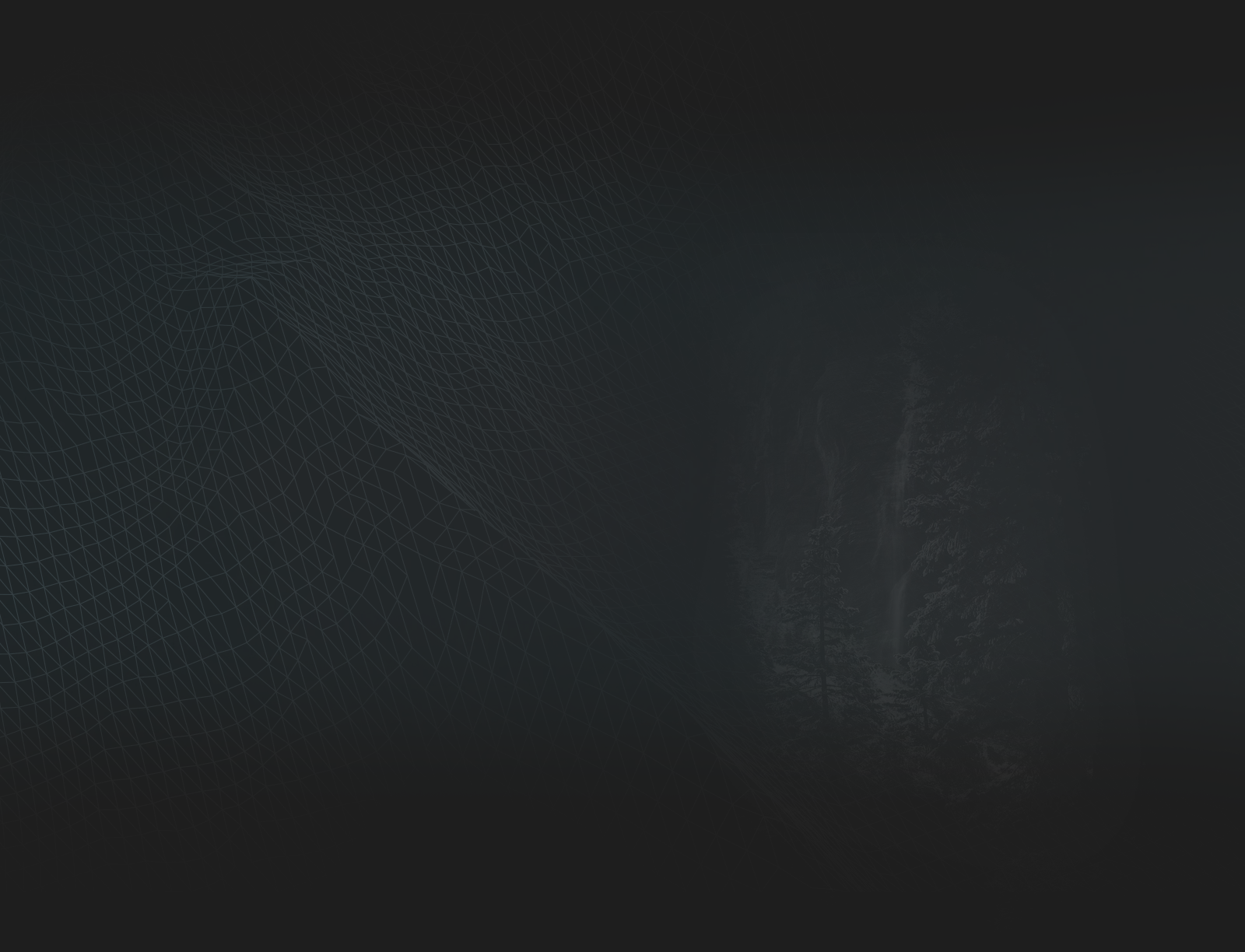
Close Protection Training
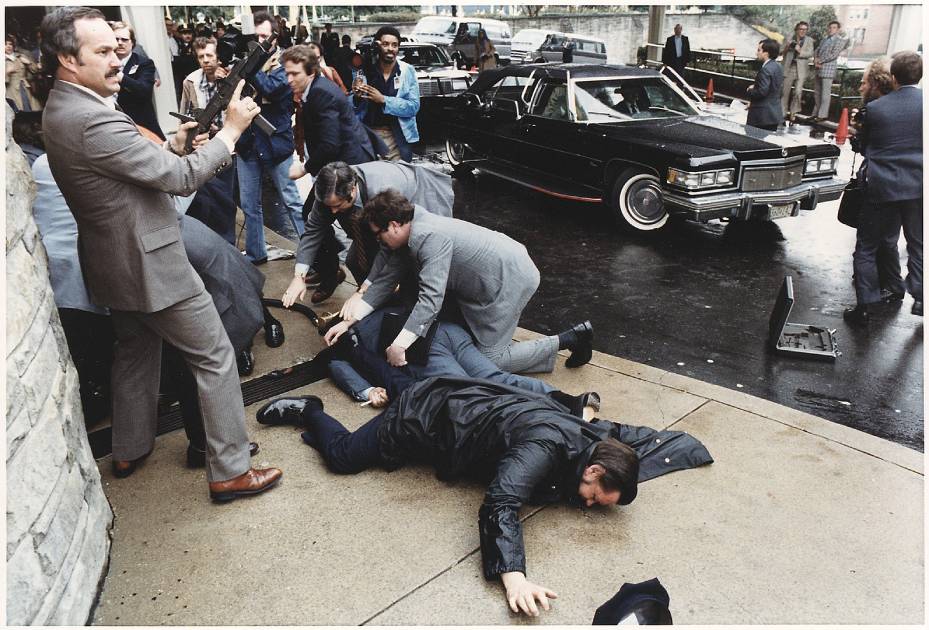
The attempted assassination of Ronald Reagan
It’s March 30th, 1981, Washington DC, President Ronald Reagan has just finished a luncheon address to the AFL-CIO The American Federation of Labor and Congress of Industrial Organizations.
The Washington Hilton has been recce’d over 100 times by the Secret Service and is considered to be one of the safest, secure venues in the capital. To safeguard the Hilton's most prestigious guests it has a safe walk, nicknamed the “President’s Walk” after Kennedy’s assassination in 1963.
Reagan and his entourage exit the building at 14:27, the noise from reporters and gathering crowd rising up from Florida Walk. Press secretary Jim Brady and the presidential security detail of police officers and Secret Service agents flank him on all sides. They are all unaware of the emerging threat that assassin Hinckley poses; he’s waiting in the crowd, ready to seize his opportunity, ready to attempt a hit on the recently inaugurated president.
In a matter of seconds he fires six shots at the group, one of the bullets penetrates Press Secretary James Brady’s head, smashing through his skull & as policeman Thomas Delahanty turns, he too takes a bullet in the back of the neck.
Hinckley now has a free shot at Reagan and prepares to seize his opportunity. But he’s apprehended by labor official Alfred Antenucci who takes down the assassin and the third shot goes wide. Secret Service agent Jerry Parr pushes Reagan, who has been shot, into the limousine helped by another agent Tim McCarthy who makes himself the target, splaying out his arms and legs taking a bullet in his abdomen & puncturing vital organs.
Our Director Stuart Ridley, a CPO for 25 years, takes a closer look at the positioning off the security detail that ultimately saved Reagan’s life.
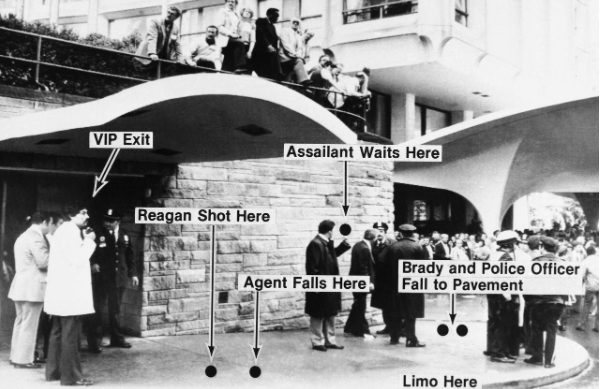
'In this incident a multiple layer of protection was used, local Police provided the outer layer of security, whilst Secret Service Agents provided the middle & inner layer of protection. The assassin Hinckley managed to penetrate the first two layers and fired six shots from a .22 calibre pistol. All six rounds missed the target. The shots were fired in 1.7 seconds, the team had little time to react, but react they did quickly and efficiently.
Upon hearing the shots Special Agent Jerry Parr (PPO) instantly grabbed Reagan by the shoulders and forced him toward the open rear door of the limousine. The quick reactions and drills used by Parr saved the President from taking a shot to the head, which would more than likely have been fatal.
Secret Service Agent Tim McCarthy positioned himself in a wide stance to shield both the President and Parr and by doing so he was hit by the fourth shot, this demonstrates the level of self-sacrifice required as a CPO.
The sixth round ricocheted off the armoured side of the limousine, passing between the space of the rear door and vehicle frame, hitting the President in the left arm.
The walking/venue drills carried in preparation before time of the attack on the President were thorough and rigorous. It’s this preparation by the Secret Service that ultimately saved the President's life. However, although the layers of protection were correct a weakness was exploited as Hinckley was allowed to penetrate the protective pack. The unscreened group of press and onlooker, that he was concealed in, was a mere 15 feet away from the President and his security detail. This was a major flaw and allowed Hinckley the opportunity he was looking for to exercise the attempted assassination.
This example is widely used in training courses for Close Protection operatives. It’s an example of the effectiveness of rigorous training drills and the self-sacrifice that is needed in order to protect clients under your protection.
More Articles
Sign up to our newsletter for all the latest information and offers
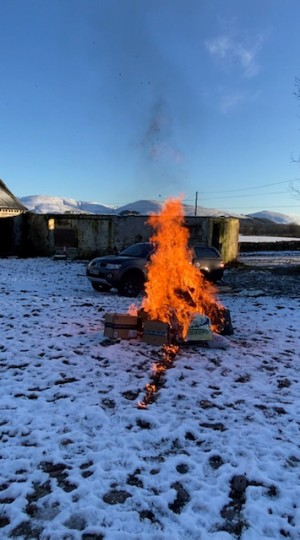
Base Camp - Our Immersive Training Centre
Soteria Training – Our residential training centre “A Trainer’s Paradise…
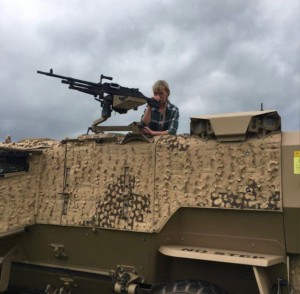
Our Nurse Trainer Manager
Karen’s nursing career spans 20 years and still continues to flourish in primary care, she…
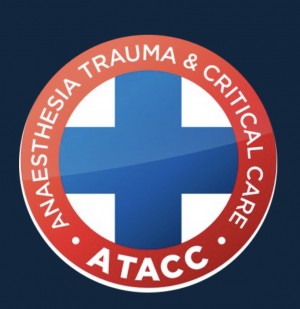
Scotland’s First Official ATACC Training Centre
Soteria Risk Training is proud to become The ATACC Group's first official training centre in Scotland…
